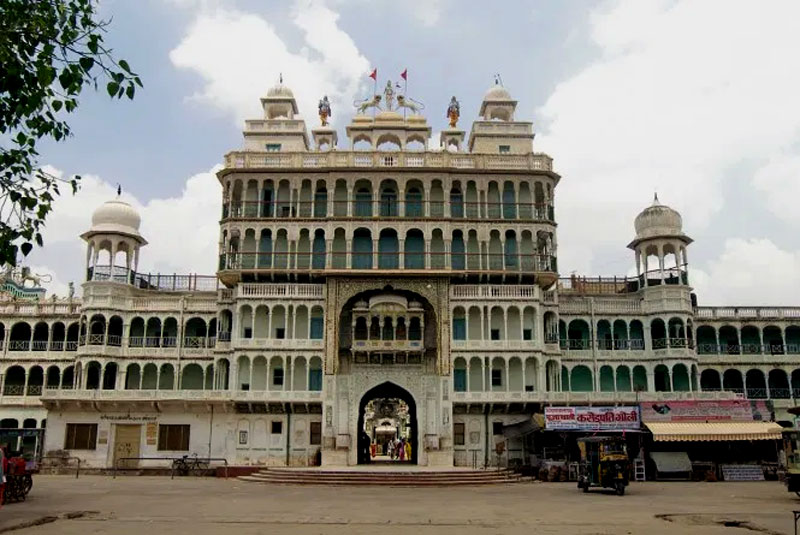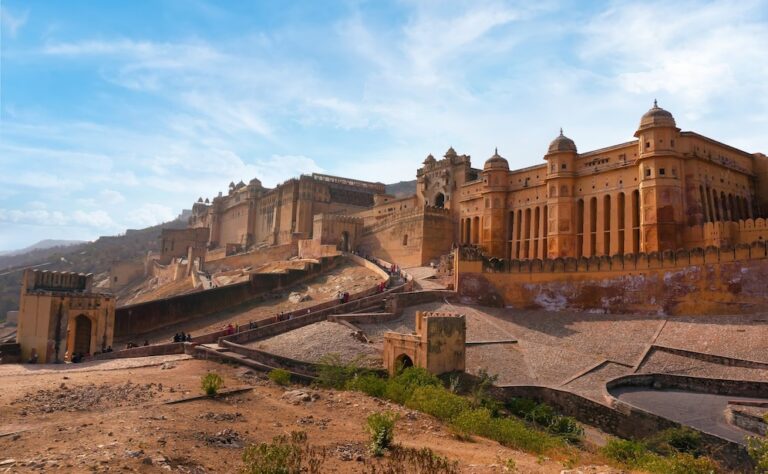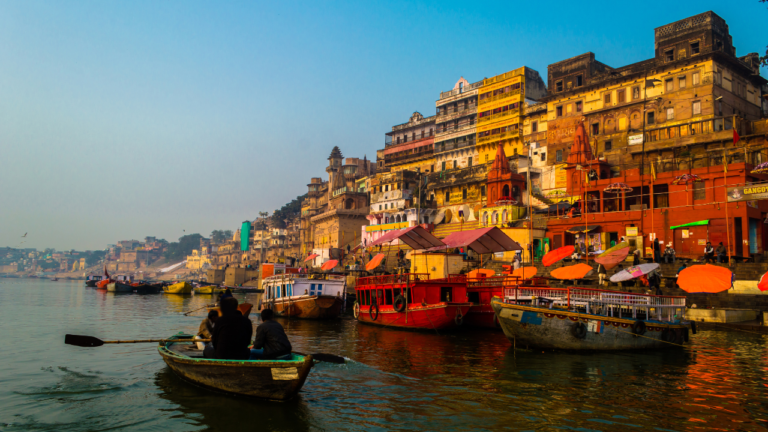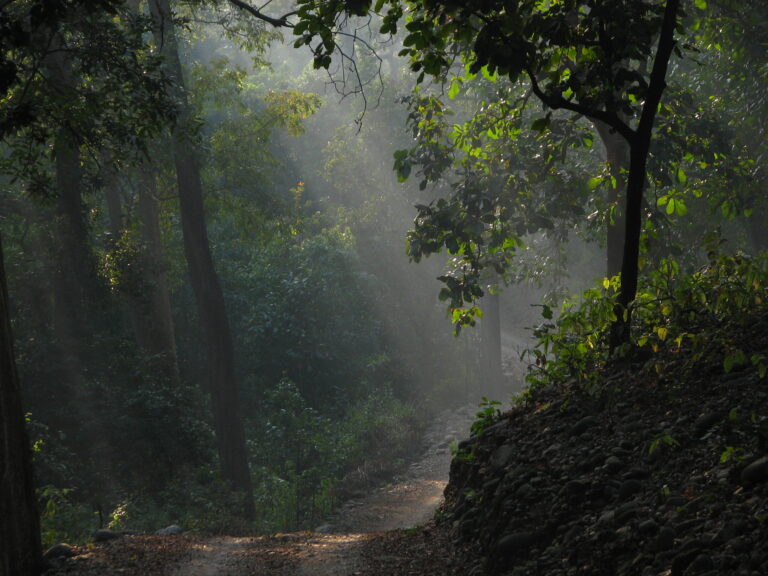Rani Sati temple is a temple in the district of Jhunjhunu in the Indian state of Rajasthan. It is India’s largest temple dedicated to Rani Sati, a Rajasthani lady who lived between the 13th and 17th centuries and performed sati (self-immolation) when her husband died. Several shrines in Rajasthan and worldwide are dedicated to her devotion and the commemoration of her deed. Rani Sati is also known as Narayani Devi and Dadiji.
This temple complex contains thirteen sati temples, consisting of twelve small and one large Rani Sati temple. In 1762, his family included twelve additional satis. These 12 satis are adorned with a row of white marble frosts that are small and artistically exquisite. Whose esteem and veneration are equivalent.
The temple is unusual for its lack of paintings or statues of either female or male gods. Instead, the devotees worship a Trishul representing power and might. A portrait of Rani Sati Dadiji can be found in the pradhan mand. The temple is made of white marble and has vivid wall murals.
Rani Sati resided here between the 13th and 17th. Rani Sati performed self-immolation when her husband died, and this type of self-immolation was known as Sati. This was a ritual that the Indian government has since outlawed. This temple was built to honor Rani Sati’s act. Rani Sati is also referred to as Narayani Devi and Dadi.

The temple’s architecture is Colonial-Rajput in style, as seen by arched colonnade corridors and symmetrical cemented railings on the roof. The railings are adorned with life-size statues of Lord Krishna, Goddess Lakshmi, and Goddess Bhawani, as well as lion and elephant figurines. The temple’s facade appears intimidating due to its pale pink, bright yellow, and light green paint jobs. The gate was built by a business family from Jhunjhunu that moved to what was once Bombay, according to a marble plaque that was affixed to the gate.
Marwaris from Rajasthan believe that Rani Sati is an avatar of Maa Durga. The Marwari society of Rajasthan, as well as those from other parts of the country, worship Rani Sati Dadi in their homes on a daily basis. Several temples in India, particularly in the northwestern state of Rajasthan, are dedicated to Rani Sati and her act of sati.
The temple is now a magnificent complex with a multi-story building, a marble main hall, and dual courtyards encircled by rooms that can accommodate up to 300 pilgrims. Rani Sati is depicted by a trident and is thought to be a manifestation of the Goddess Shakti. There is a representation of Rani Sati at the sanctum, surrounded by Ganesha, Shiva, and Durga, and a wall frieze narrates the events leading up to her husband’s death, her self-immolation, and the subsequent construction of the temple. Witness the magical temple of Rani Sati while staying at our resort in Udaipurwati.
In addition, the temple trustees also host a well-attended annual fair to commemorate Rani Sati. There are more Sati shrines in the compound belonging to different satis from the same family. Other communities’ Sati temples can be found in Jhunjhunu.
Featured Image credits: tripadvisor.com







